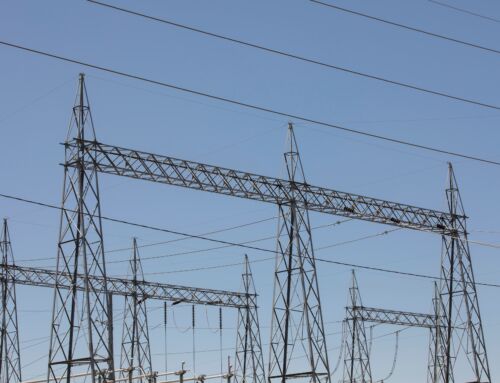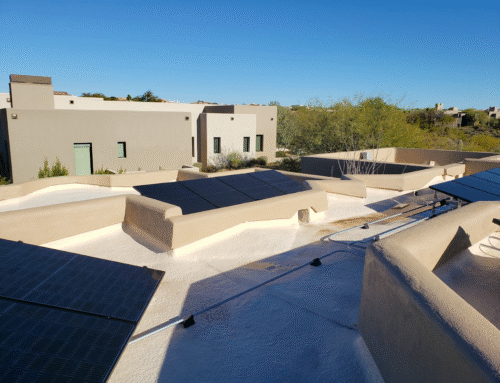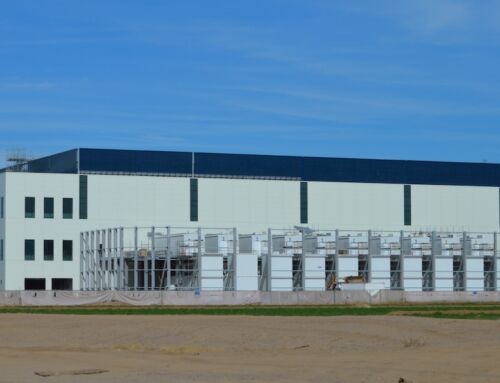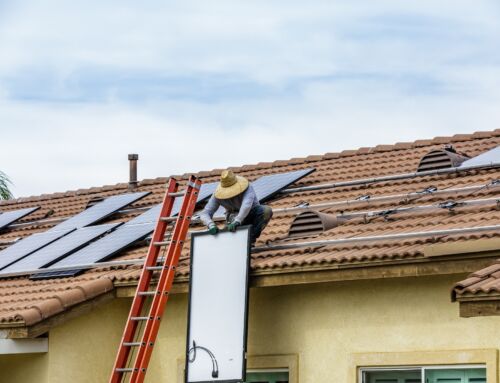Is a Standalone Solar Battery Worth the Cost?
Did you know you can install a solar battery without solar panels? It’s called a standalone solar battery, and they’re becoming increasingly popular in Arizona.
Standalone batteries charge from the electric grid instead of solar panels. You can program your battery to charge during off-peak hours, when electric rates are lower, and use that stored energy to power your home during on-peak hours, when rates go up.
But are the savings worth the cost? Let’s take a look.
How Much Does a Standalone Solar Battery Cost?
It typically costs around $10,000 to $15,000 to install a single, grid-tied solar battery. That’s comparable to the typical standby generator installation cost.
But keep in mind that this range is an estimate. Costs can vary depending on several factors, including:
- Storage Capacity – A bigger battery will power more for longer, but it will also cost more to install. The batteries we install are stackable, so we can customize sizing to meet your needs and budget.
- Brand & Quality – Different battery brands offer varying levels of performance, warranty coverage, and price points. We can help you evaluate your options and choose the right balance of quality and value.
- Installation Complexity – The standalone battery installation process is usually straightforward. But, in some cases, electrical upgrades are needed to support the battery, which can add to the cost.
The best way to find out how much it will cost to install standalone battery backup for your home is with a free, personalized estimate. Reach out to SouthFace Solar & Electric today to get yours.
What Are the Benefits of a Standalone Battery?
There’s no denying that a home solar battery is an investment, with or without solar panels. But is that investment worth the cost? We think so. Here’s a look at the benefits you can expect from a standalone solar battery system:
1. Avoid Expensive Time-of-Use Electric Rates
In Arizona, most residential electricity customers are on time-of-use (TOU) electric rate plans. That means your rate fluctuates throughout the day. When electricity demand is high, usually in the late afternoon and early evening, your rate goes up. Then, when demand is lower, like overnight, it drops.
In other words, you pay more for electricity when you need it the most.
A standalone battery lets you avoid the higher, on-peak rates. You can program it to charge automatically during lower-cost, off-peak hours. Then, during peak hours, you can use your stored electricity to power your home during on-peak hours instead of buying electricity from the utility at a premium.
2. Protect Yourself Against Rising Energy Costs
Electricity rates are rising everywhere, including in Arizona, and they’re not expected to come down anytime soon. Installing a solar battery will help you hedge against rising costs by allowing you to avoid higher on-peak rates without having to monitor when you’re using high-power appliances like the dishwasher or clothes dryer.
3. Get Backup Power for Outages
The benefits of a home battery aren’t just financial. During a power outage, a standalone battery can automatically keep essential systems running. You’ll be able to keep the lights on, charge your phone, and power essential medical devices. That reliability, and the peace of mind that comes with it, can make a standalone battery worth the investment on its own.
See If Standalone Storage Is Right for Your Home
As electricity rates continue to rise and power outages become more likely, having a reliable energy storage system for your home is crucial.
At SouthFace Solar & Electric, we install a full range of energy storage solutions, including solar batteries, standalone batteries, and generators. Our team will walk you through your options and help you choose the best fit for your home and budget during a free consultation.






